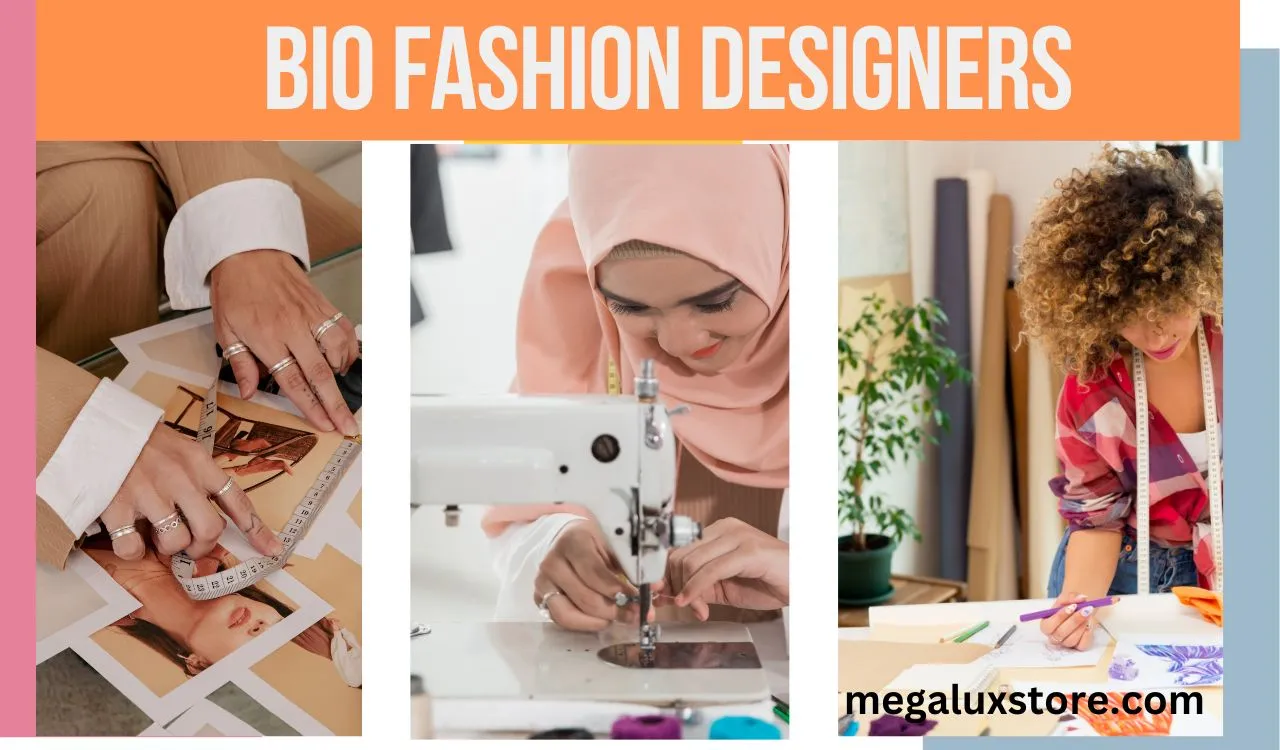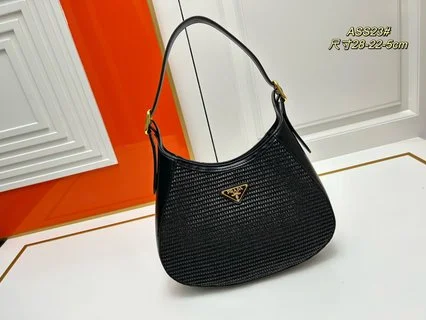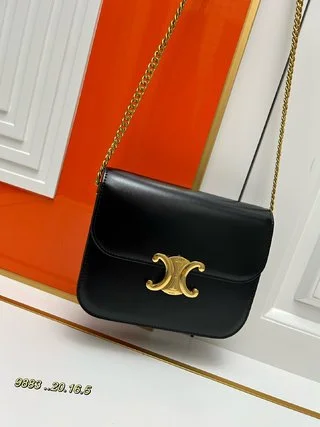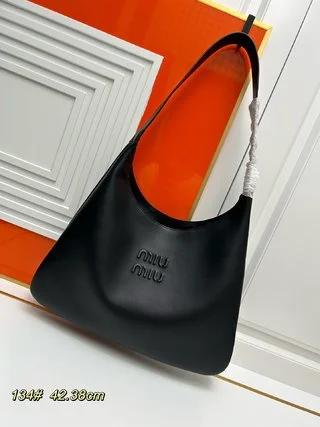In a world where environmental consciousness is becoming paramount, the fashion industry has witnessed a revolutionary shift towards sustainability. Bio fashion, a term that encompasses eco-friendly, organic, and ethically produced clothing, has emerged as a beacon of hope for a greener future. This article delves into the world of bio fashion designers, exploring their role, challenges, and the transformative impact they are making on the fashion landscape.
Evolution of Bio Fashion Designers
- Historical Context: Bio fashion is not a recent phenomenon. In fact, its roots can be traced back to ancient civilizations that embraced organic textiles and sustainable practices in clothing production.
- Rise of Eco-conscious Consumerism: The current surge in bio fashion can be attributed to a growing awareness among consumers about the environmental impact of fast fashion. Eco-conscious individuals are now seeking alternatives that align with their values.
- Technology’s Impact on Bio Fashion: Advancements in technology have played a crucial role in the evolution of bio fashion. From innovative materials to sustainable production methods, technology has paved the way for a more eco-friendly fashion industry. You can learn about how eco friendly and sustainable hair products can be chosen.
Characteristics of Bio Fashion Designers
Commitment to Sustainability
Bio fashion designers are distinguished by their unwavering commitment to sustainability. Their designs reflect a conscious effort to minimize the environmental footprint of the fashion industry.
Innovative Use of Eco-friendly Materials
These designers explore and implement cutting-edge materials, such as organic cotton, hemp, and recycled fibers, to create fashion pieces that are both stylish and environmentally friendly.
Ethical Production Practices
In addition to using eco-friendly materials, bio fashion designers prioritize ethical production practices, ensuring fair wages and safe working conditions for everyone involved in the manufacturing process.
Famous Bio Fashion Designers
- Stella McCartney: Stella McCartney is a trailblazer in the world of bio fashion. Her commitment to cruelty-free and sustainable fashion has set a benchmark for the industry.
- Vivienne Westwood: A fashion icon, Vivienne Westwood has been a vocal advocate for eco-friendly practices in the fashion world. Her designs often incorporate recycled and upcycled materials.
- Eileen Fisher: Eileen Fisher is renowned for her dedication to sustainable fashion. Her brand emphasizes timeless designs made from organic and recycled fabrics.
Challenges and Solutions For by Bio Fashion Designers
Limited Availability of Eco-friendly Materials
One of the challenges faced by bio fashion designers is the limited availability of sustainable materials. However, ongoing research and development aim to address this issue by introducing new, eco-friendly options.
Consumer Awareness
Educating consumers about the benefits of bio fashion remains a challenge. Increased awareness campaigns and transparent communication about sustainable practices can bridge this gap.
Advancements in Sustainable Practices
Continuous advancements in sustainable practices, such as closed-loop systems and waterless dyeing techniques, are providing solutions to make bio fashion more accessible and mainstream.
Future Trends in Bio Fashion
The future of bio fashion lies in the seamless integration of technology. From 3D printing to smart textiles, technological innovations will redefine the landscape of sustainable fashion. Bio fashion designers are increasingly collaborating with other industries to create a more sustainable supply chain. Partnerships with tech companies and material innovators are becoming the norm. As bio fashion gains momentum, its influence on mainstream fashion is undeniable. The industry is witnessing a shift towards more sustainable practices driven by consumer demand for eco-friendly options.
Steps to Become a Bio Fashion Designer
Embarking on a career in bio fashion requires a solid foundation in sustainable design. Formal education and specialized training programs can equip aspiring designers with the necessary skills. Bio fashion designers need to establish a brand identity centered around sustainability. This includes transparent communication about sourcing, production methods, and ethical practices. Building connections within the eco-fashion community is essential. Networking provides opportunities to learn from experienced professionals, collaborate on projects, and stay updated on industry trends.
Success Stories From Bio Fashion Designers
Profiles of Emerging Bio Fashion Designers
Highlighting the stories of emerging bio fashion designers sheds light on their unique journeys and contributions to the sustainable fashion movement.
Their Contributions to the Industry
These designers are not only creating aesthetically pleasing clothing but also challenging traditional norms and inspiring change within the fashion industry. You can top quality clothes at price here.
The Growing Influence of Bio Fashion in the Market
The increasing popularity of bio-fashion is reshaping consumer preferences and influencing purchasing decisions, indicating a positive shift toward sustainable choices.
Case Studies
Examining successful sustainable fashion events provides insights into the impact of these initiatives on the industry and consumer perceptions. Case studies of brands that have successfully integrated bio fashion into their business models showcase the feasibility and benefits of adopting sustainable practices. Understanding how consumers respond to eco-friendly fashion helps in refining strategies and creating products that align with their values and preferences.
Advantages of Choosing Bio Fashion Designers
- Environmental Benefits: Opting for bio fashion contributes to reducing the environmental impact of the fashion industry, from lowering carbon emissions to decreasing water consumption.
- Health Advantages: Biofashion often involves the use of non-toxic and natural materials, promoting healthier living for both consumers and those involved in the production process.
- Supporting Ethical Practices: Choosing bio fashion supports ethical practices, ensuring fair wages, safe working conditions, and a positive impact on local communities.
Tips for Sustainable Fashion Consumers
Educate yourself about sustainable fashion practices to make informed choices that align with your values and contribute to a greener future. Embrace recycling and upcycling as part of your fashion routine, reducing waste and extending the lifecycle of clothing. Support brands that prioritize sustainability, encouraging a shift towards a more eco-conscious fashion industry.
The Intersection of Art and Sustainability
Bio fashion goes beyond functionality; it’s a form of artistic expression that challenges traditional notions of design and beauty. As bio fashion gains prominence, its influence on mainstream aesthetics is evident, shaping the way people perceive and appreciate clothing. Bio fashion designers merge art and sustainability, creating pieces that not only look good but also carry a meaningful message about environmental responsibility.
The Role of Government and Policies
Governments worldwide are implementing initiatives to support sustainable fashion, offering incentives and regulations to encourage eco-friendly practices. Enforcing regulations on eco-friendly practices ensures accountability within the fashion industry, promoting a more sustainable and responsible approach. Government initiatives play a vital role in encouraging a greener fashion industry and fostering collaboration between the public and private sectors for a sustainable future.
Building a Community of Bio Fashion Enthusiasts
Connecting with like-minded individuals on online platforms and forums creates a sense of community and shared responsibility towards a sustainable future. Participating in local eco-fashion events fosters collaboration, awareness, and support for bio fashion within communities. Building a community of bio fashion enthusiasts fosters a sense of shared responsibility, encouraging collective efforts towards a more sustainable and eco-friendly fashion industry.
Conclusion
In conclusion, bio fashion designers are at the forefront of a transformative movement in the fashion industry. Their commitment to sustainability, innovative practices, and influence on mainstream fashion make them key players in shaping a greener future. As consumers, adopting bio fashion and supporting ethical practices contribute to a more sustainable and responsible fashion landscape.
Frequently Asked Questions(FAQs)
How do you write a bio for a fashion designer?
Crafting a bio for a fashion designer involves showcasing their creative journey, design philosophy, and achievements. Start with a brief introduction, delve into design influences, highlight key milestones, and conclude with a call-to-action. Optimize for SEO by incorporating relevant keywords like “fashion designer,” “design philosophy,” and “creative journey” to boost online visibility.
How do you write a designer bio?
To create an impactful designer bio, succinctly narrate their design journey, influences, and accomplishments. Begin with a brief introduction, explore design inspirations, showcase significant milestones, and wrap up with a compelling conclusion. Optimize for SEO by including relevant keywords like “designer bio,” “design journey,” and “accomplishments” to enhance online discoverability.
What should I put in my bio fashion?
In your fashion bio, spotlight your unique style and design passion. Showcase notable achievements and influences for a captivating glimpse into your fashion journey.
How do you write a fashion designer profile?
Craft a captivating fashion designer profile by spotlighting your distinctive style and design ethos. Showcase key achievements and influences for a compelling glimpse into your creative journey.
What is a good brand bio?
A compelling brand bio succinctly communicates your story, values, and unique offerings. Use concise language, highlight key achievements, and incorporate relevant keywords for optimal visibility and engagement.





